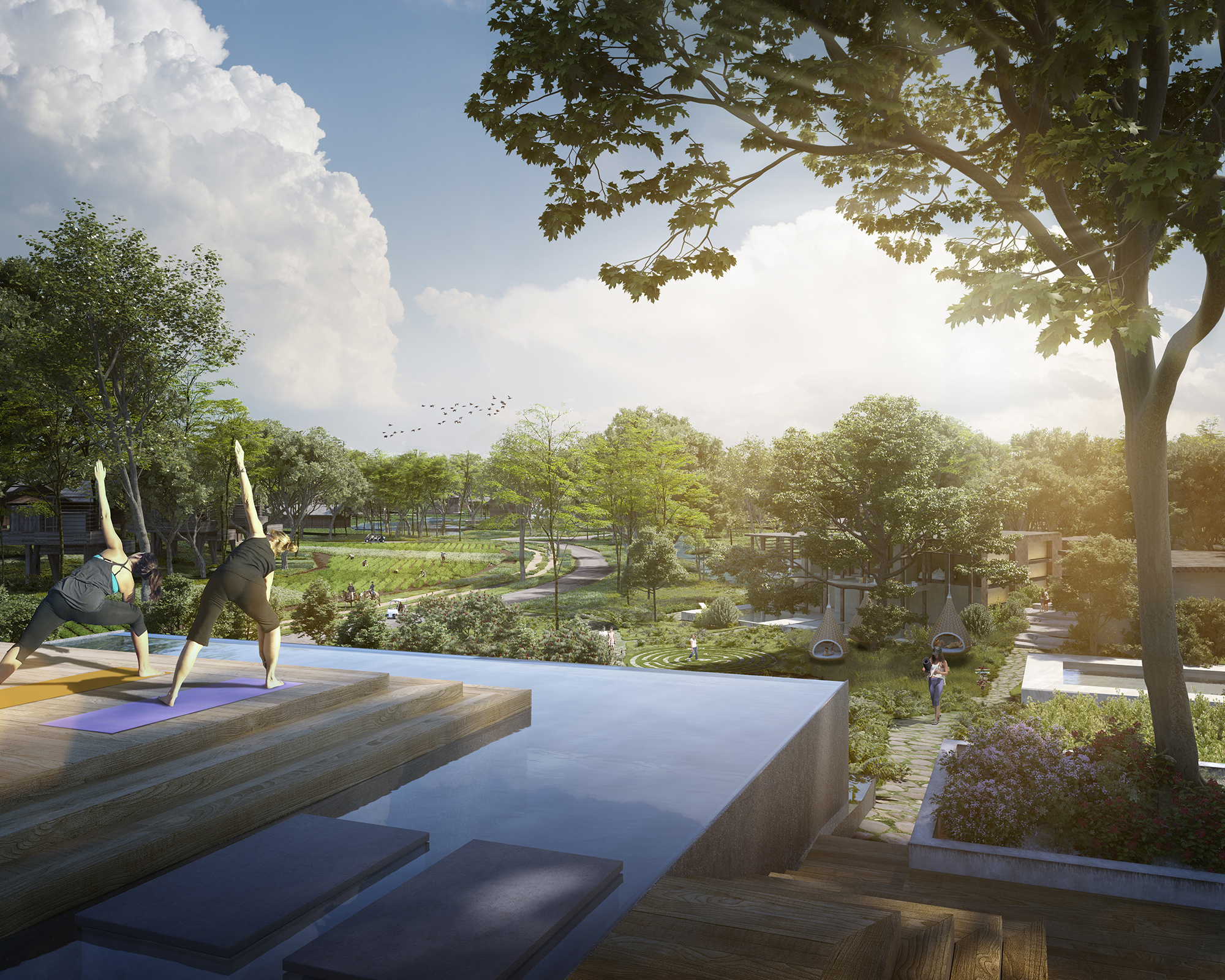Understanding the relationship between nature and culture
By WATG Planning + Landscape
November 14, 2021
A recently published conversation between four of WATG’s leaders in master planning and landscape architecture underscored an imperative for designers in 2021 and beyond: Because the impact of the pandemic has been so global, and many cities and companies are having similar conversations about how to move forward and adapt, we now have an even bigger responsibility to elevate a destination’s unique aspects in order to avoid a surge of sameness. As those four leaders put it, each community’s distinctive context, culture and natural assets must drive these solutions.
To dig into this notion, we recently spoke with Raquel Flamia, an architect and urban planner, and Nour Hajjar, an urban planner and landscape architect – both from WATG’s London office. They describe a ground-up approach to biocultural design that illuminates a way forward – a way that can have a powerful, positive impact on individuals, communities, and the land for generations.
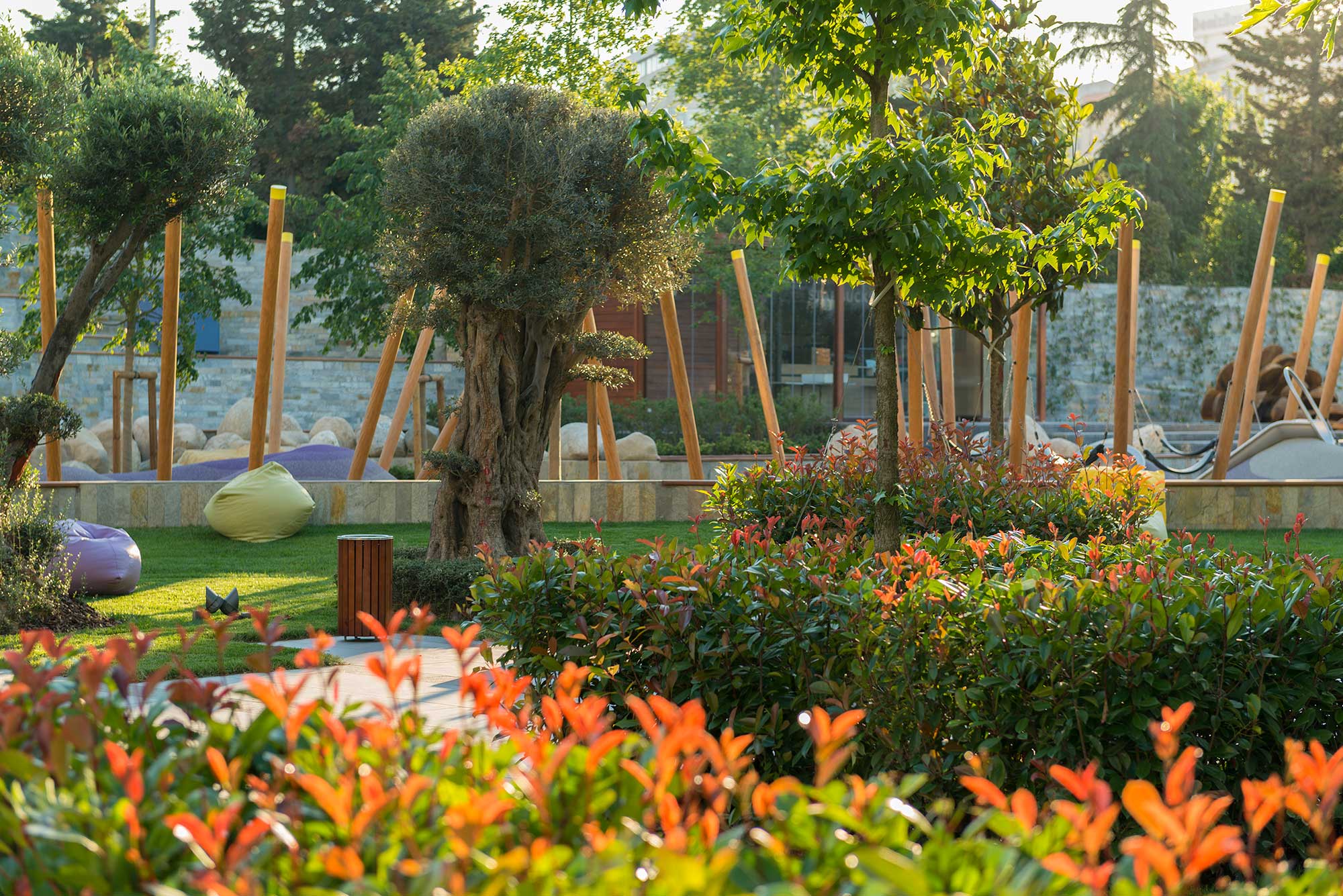
Zorlu Center, Istanbul, Turkey
What is biocultural design?
Raquel: To me, biocultural design is looking deeply at a site’s history, culture and natural assets, using this understanding to create a set of guiding principles that are unique and specific to that site and, ultimately, that project. It is about merging nature and culture and healing the relationship between the two. It expands on the notion of sustainability by shifting the focus beyond the natural environment to include the social environment as well. In today’s world, so much happens at a large scale. This approach helps us look at the way things used to happen at a smaller scale, more slowly and deliberately, and, often, more sustainably. It helps us celebrate the natural essence of a site and bring that back to the center of the project’s story.
Biocultural design is looking deeply at a site’s history, culture and natural assets, using this understanding to create a set of guiding principles that are unique and specific to that site and, ultimately, that project.
Nour: Landscape architects create value by telling the story of the land – not only in terms of financial ROI for the client but also for the environment and the community. We take a ‘ground-up’ approach to design. By being more responsible, sensitive and respectful, we create value for everyone involved, whether they’re developers, investors, luxury travelers, local residents, or the regional workforce. We consider the nuances of the impact a project has on each stakeholder to ensure that we’re not only creating a financially viable place where people want to live, work and play, but that we’re also telling the whole story in an authentic way that enables people to see themselves as part of that story.
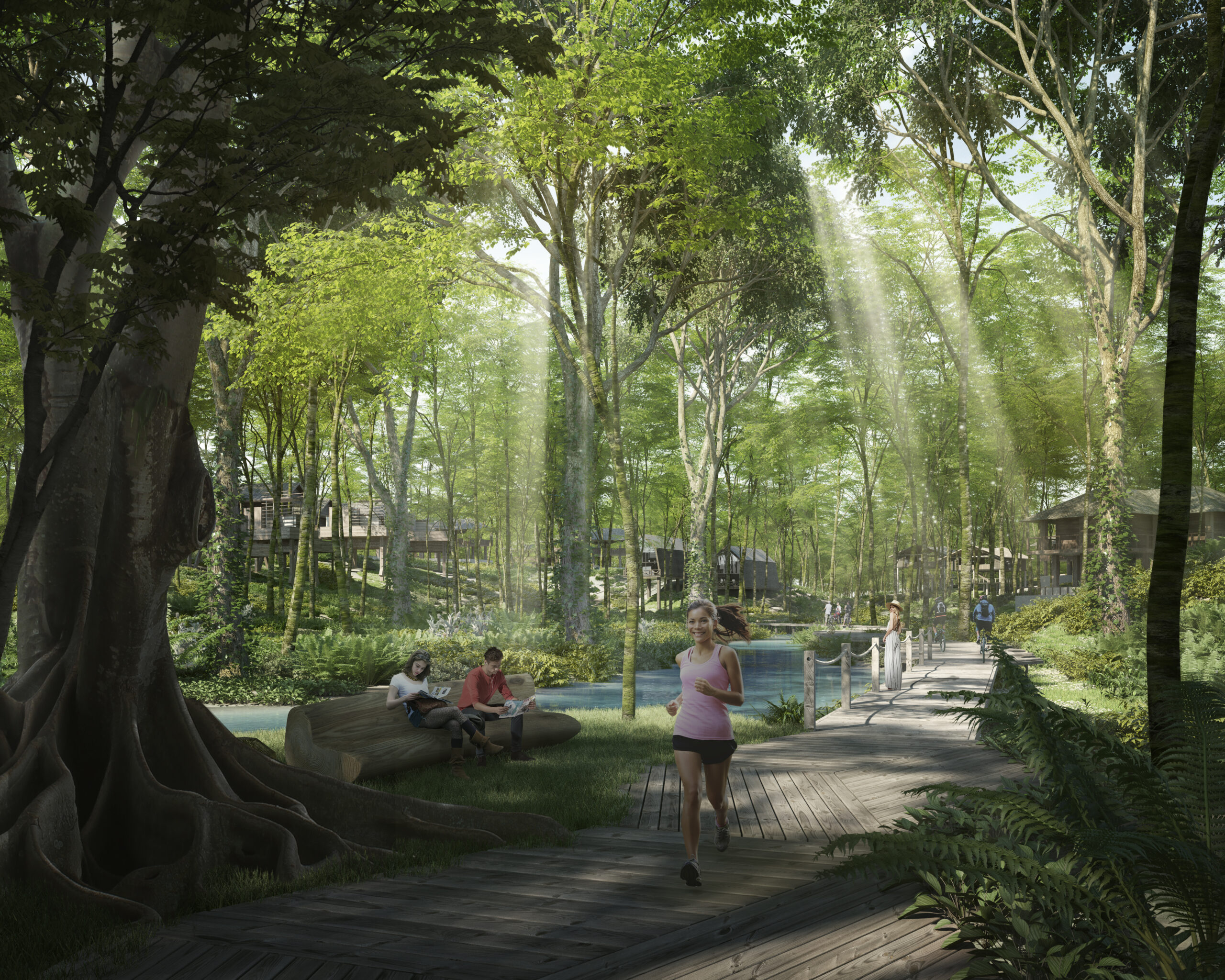
Bocas del Toro, Panama
Why is today the right time to take a ‘ground-up’ approach?
Raquel: The pandemic has had an impact on so many, reminding us all that we need to be closer to nature. Destructive weather events and natural disasters have also accelerated the imperative to address climate change and sustainability in a more holistic way. People are motivated to have a positive impact and to influence change. But we know that generic solutions don’t work for the long term. We need to be thoughtful if we want to be successful. We have to start with a deeper understanding of both culture and nature and the interconnectedness of people and planet, not just one or the other. Considered landscape architecture brings all these ideas together.
Biocultural and ‘ground-up’ design principles are not new, but rather are foundational to the way landscape architects think holistically about the integration of nature and the built environment.
Nour: Biocultural and ‘ground-up’ design principles are not new, but rather are foundational to the way landscape architects think holistically about the integration of nature and the built environment. Today’s harsh realities have simply stressed the importance of these principles, and of the role that landscape architects and urban planners can have on every type of design project.
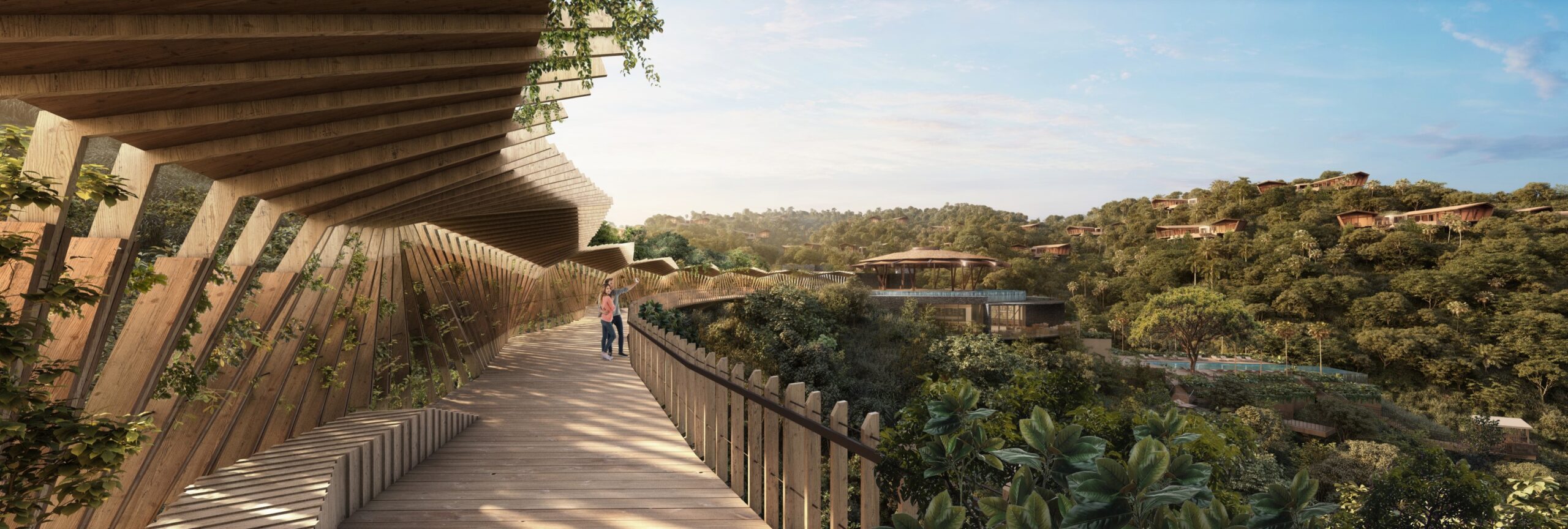
Hann Lux Lifestyle Resort, Banyan Tree, the Philippines
What are the benefits of biocultural design?
Raquel: A region’s natural ecosystem can be preserved, protected and even regenerated. Areas that had previously been exploited can be returned to nature. By focusing on the land first, we’ve laid a stronger foundation for local craftsmanship, agriculture, or whatever is relevant to the specific site to be elevated. We’re shining a spotlight on the micro-skills required to take care of the land and empowering the local community to engage in the project. They benefit economically in the form of jobs and revenue streams, and socially in the form of civic pride and sense of connection to each other and to the land. There is also an educational component to this – particularly in hospitality developments, where guests can enjoy the authentic, natural environment and learn from it, gaining one-of-a-kind experiences that are only available in a specific location.
It’s our role as landscape architects and designers to ensure there’s a mutual benefit to nature and the community, whilst ensuring that the client and guests’ needs are still met.
Nour: It’s our role as landscape architects and designers to ensure there’s a mutual benefit to nature and the community, whilst ensuring that the client and guests’ needs are still met. We do our research to understand each stakeholder’s perspective and find symbiosis between them. The project has to make financial sense for the client. It also has to honor and preserve the site’s natural and cultural heritage. And it must also serve the traveler or guest, who’s seeking a meaningful experience. There has to be mutual respect between each of these stakeholders, so that none advance at a detriment to another. Each part must come together to form a whole.
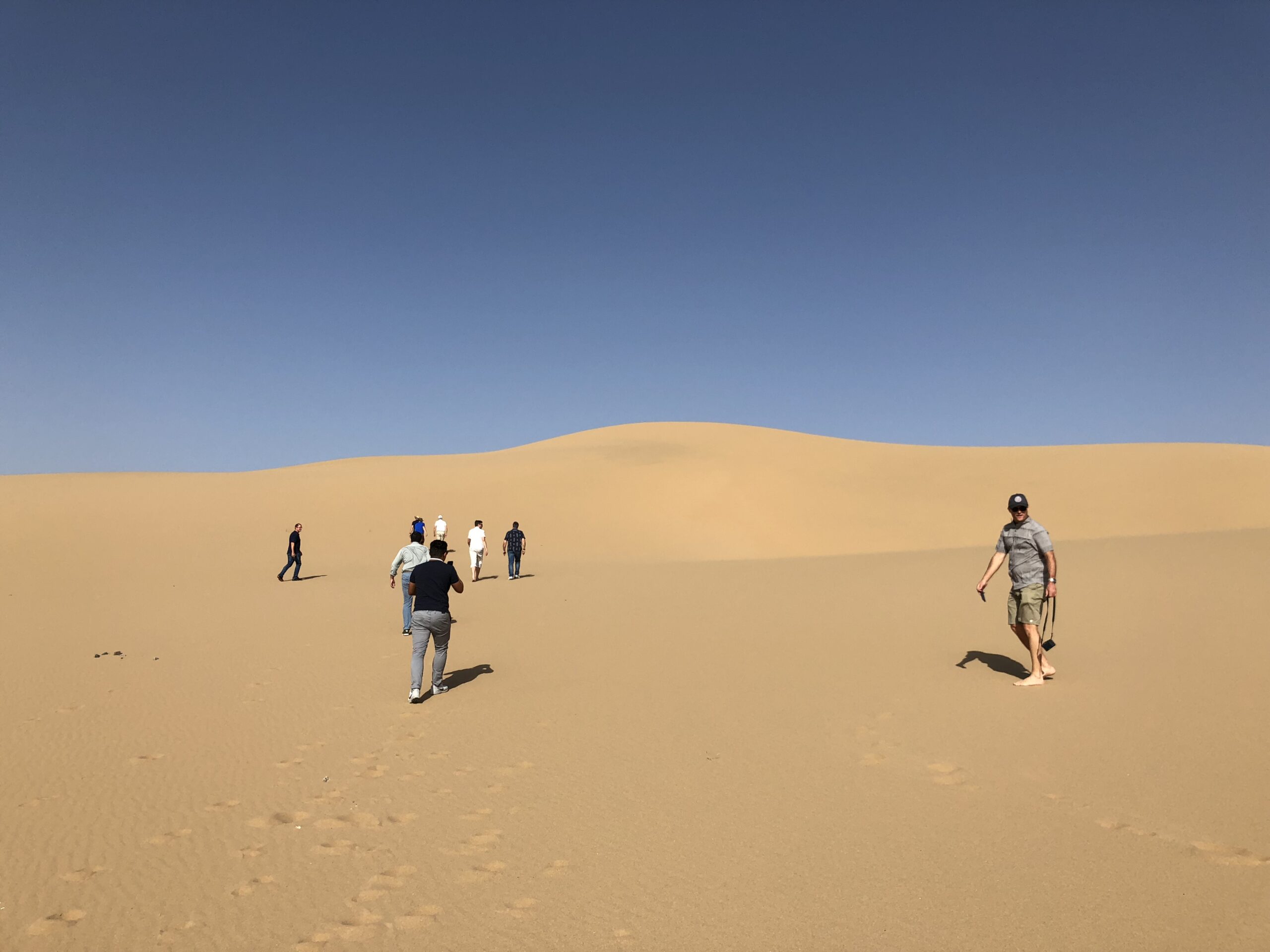
The project team on site for the Red Sea Project, Saudi Arabia
What kind of research contributes to this process of understanding?
Raquel: A traditional master planning approach is often more based on market drivers and commercial goals versus people and the locale. Through biocultural design we are shifting toward “What is the land telling us?” and “What is the site telling us?” instead of, “What is the market telling us?” Of course, business drivers do still matter, but through a deeper kind of research we can broaden the view and aspire to have an even bigger impact on people and planet as primary goals – in addition to profitability. Our knowledge and understanding can then inform a set of guiding principles and set the tone for long-term resilience and business viability.
Through biocultural design we are shifting toward “What is the land telling us?” and “What is the site telling us?” instead of, “What is the market telling us?”
Nour: We seek to understand what is inherent and important about each site and project by conducting interviews with numerous stakeholders, digging into historic documents and maps, and exploring in person. We investigate the key aspects of the site and what is necessary to enhance or preserve it. We consider what the land used to look like in order to find solutions that will help a rich ecosystem reach (or restore) its full value and thrive. We also dig into community traditions, considering the way things function today as well as looking back several generations into the roots of a community. What are their sources of income? Food? Recreation? Education? Artistic expressions? Research not only inspires our design but also informs the way our work can impact – and can improve – the way things function within the community moving forward.
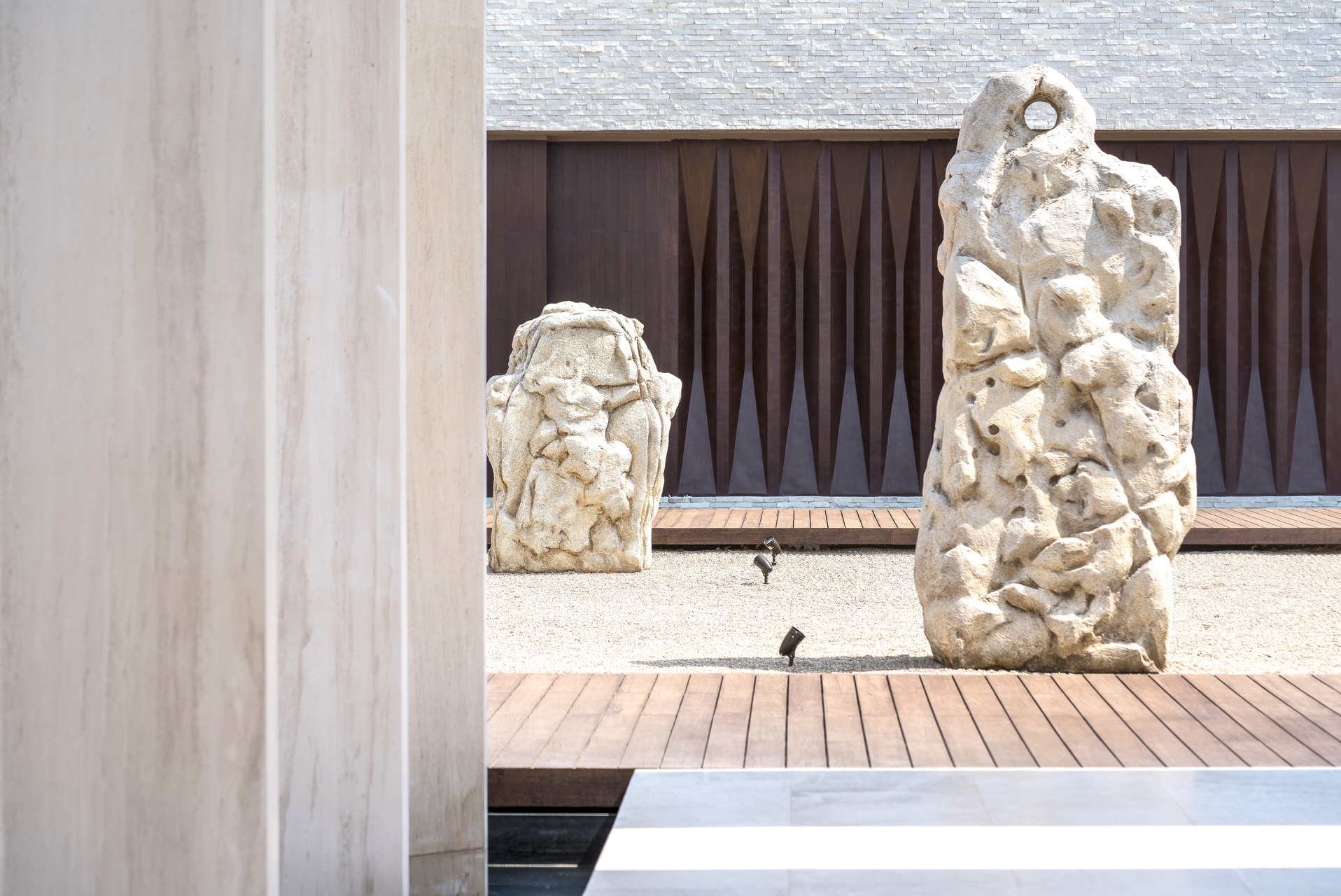
Nobu Los Cabos, Mexico
How are your outcomes different from those reached through more traditional design processes?
Raquel: We are helping our clients understand that our work is enriching as well as profitable. It’s good for the people. It’s impactful in terms of climate change. As a society we are not there yet, but we are taking positive steps and trying to make conversations such as these happen every day. We invest time and energy into researching what we are designing, and for whom – taking a ground-up approach to understanding the land and the culture. This approach generates unique spaces and experiences that could only exist in one place, for one specific client and the community they serve. The questions we ask and steps we take might be similar across projects, but the solutions are always customized and distinctive.
We are often positioned as the experts who guide the solution. But really the knowledge already exists in the community. As landscape architects and master planners, we help bring that knowledge to the forefront and integrate it into something tangible and for the future.
Nour: Landscape architects are natural custodians of the land, but this level of stewardship is a process. We know how to ask questions that explore every potential asset and issue on behalf of our clients.
At WATG, we are also innovative because we are a multidisciplinary, multicultural team with diverse skills, experience and perspectives. In the London office alone, we have over 40 nationalities, and we are landscape architects, planners, strategists, architects and interior designers working side-by-side. Our strength is in this diversity, and in understanding what skills or perspectives each project needs. We bring together the right mix of people for each project in order to generate the best ideas and solutions for our clients, and the destinations in which we have the privilege to design.
Raquel: For placemaking to be successful, it has to be co-created between WATG, our client, and the people who will live, work and play within the client’s space. Everyone who will ultimately be impacted by the project should be invited to contribute to the process of shaping it. We are often positioned as the experts who guide the solution. But really the knowledge already exists in the community. As landscape architects and master planners, we help bring that knowledge to the forefront and integrate it into something tangible and for the future. Celebrate it.
WATG has a long history of transforming places into experiences, and of asking how we can deliver those experiences in new and different ways. We merge the narrative of place, community and culture together into the guest experience. We have tremendous respect for the land and the people. Because of that we take each step in a sensitive way. It’s not easy, but each time we become more aware and more respectful, the better the outcome.
About the authors
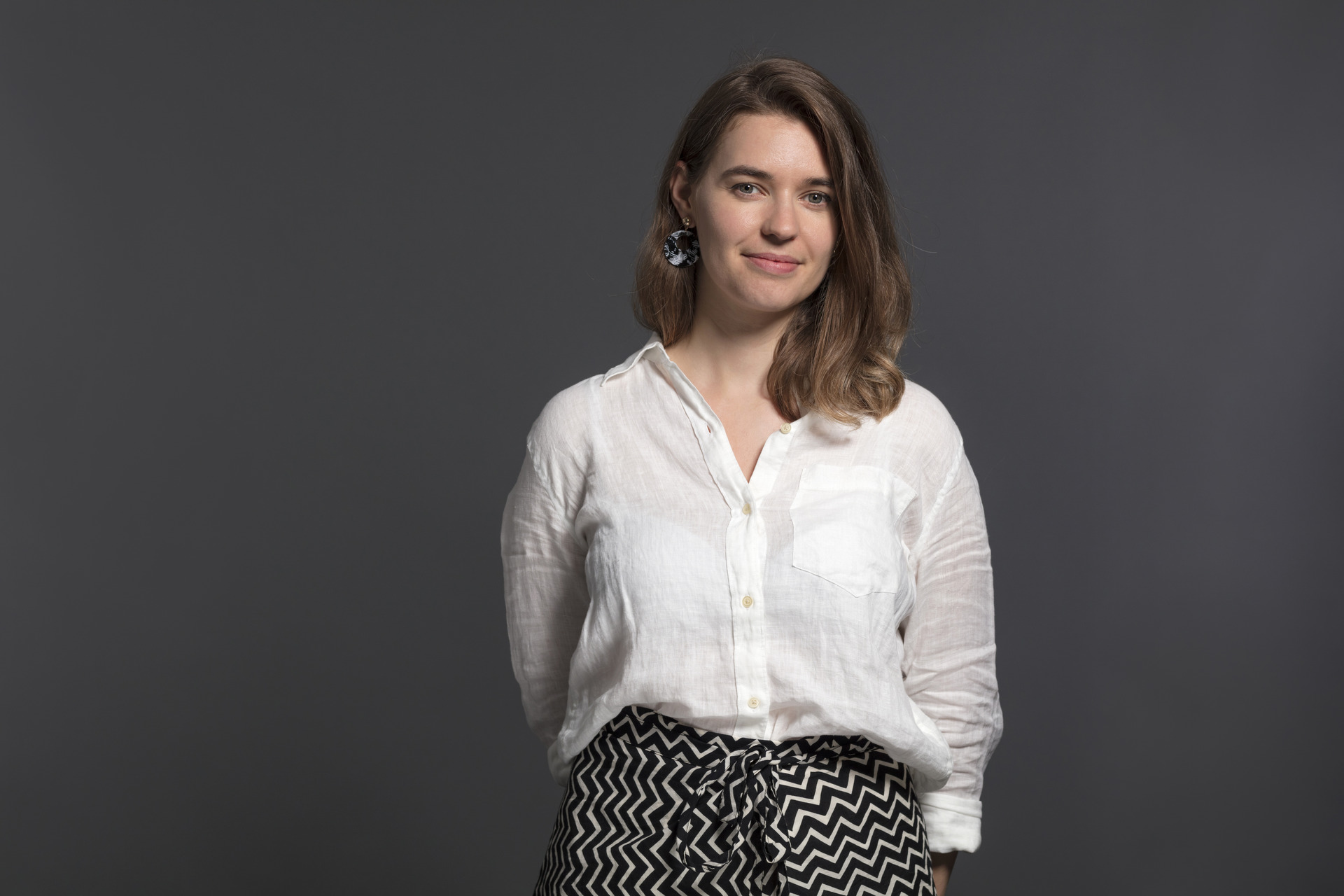
Raquel Flamia, Designer
Following her bachelor’s degree in Architecture and Urbanism, Raquel worked for almost a decade as an architect in Brazil. She joined WATG London in 2018, gravitating towards a primary focus on master planning and landscape architecture – fueled by the belief that design and communal effort can transform the world. She holds a master’s degree in International Planning and Sustainability from the University of Westminster and is co-founder of a voluntary design project that supports the indigenous people of Brazil.
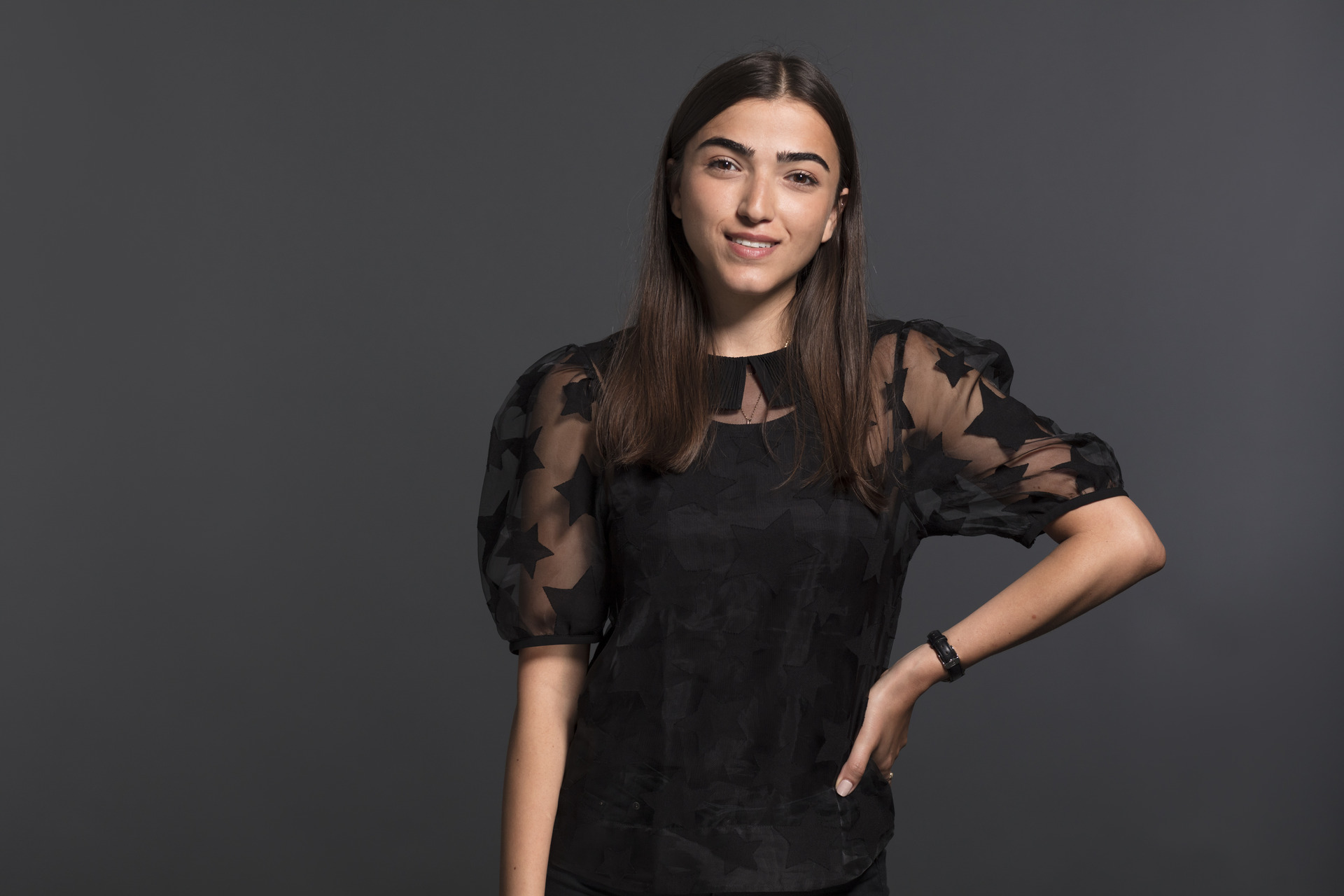
Nour Hajjar, Landscape Architect
Since graduating from University College London with a specialization in Sustainable Urbanism, Nour’s projects have spanned the Middle East, Asia and Europe, and land uses including commercial, government, residential and entertainment. Having grown up between Beirut and Saudi Arabia, and now living in London, Nour has a unique worldview that translates into each and every project – taking the time to understand the similarities and differences of a place, and putting that into practice. Nour is fluent in Arabic, French, and Spanish.
Latest Insights
Perspectives, trends, news.
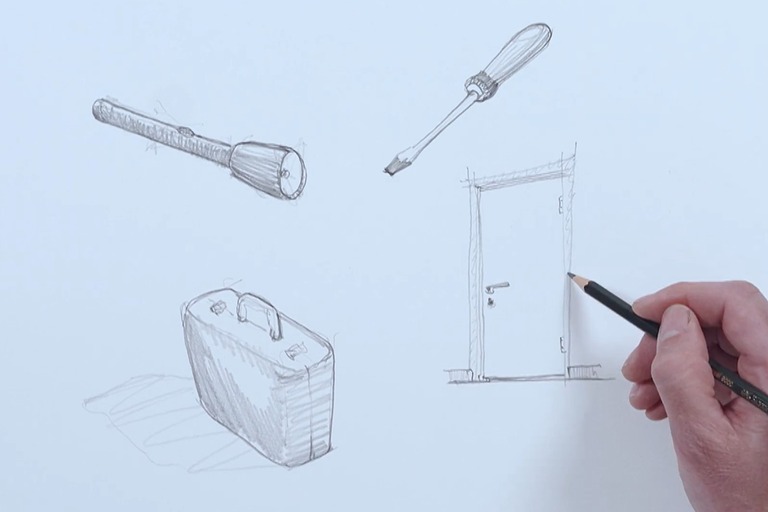
- News
The Torch, The Screwdriver, and the Pencil – Pete Wimberly’s Story
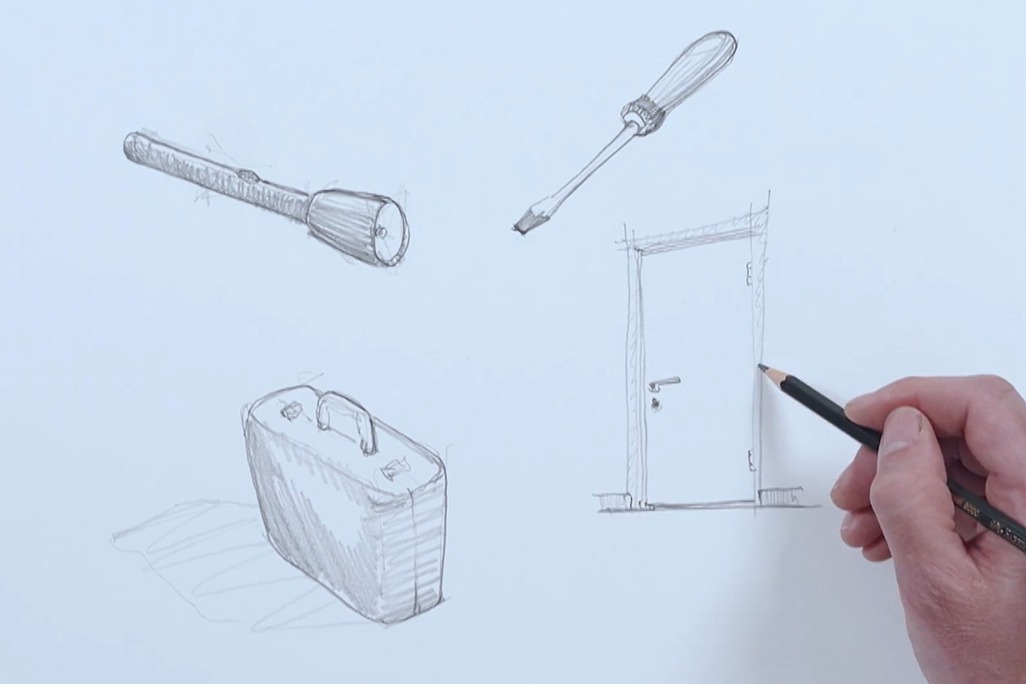
- News
The Torch, The Screwdriver, and the Pencil – Pete Wimberly’s Story
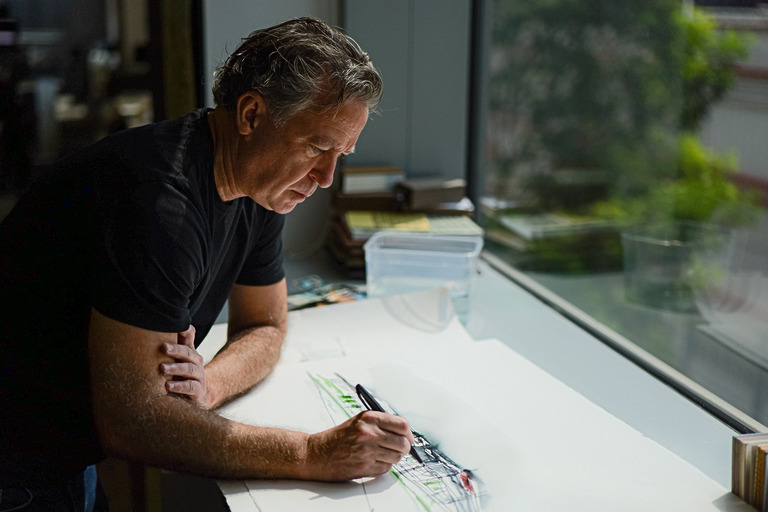
- Employee Feature
Ian Simpson: Constantly Curious, Constantly Creative
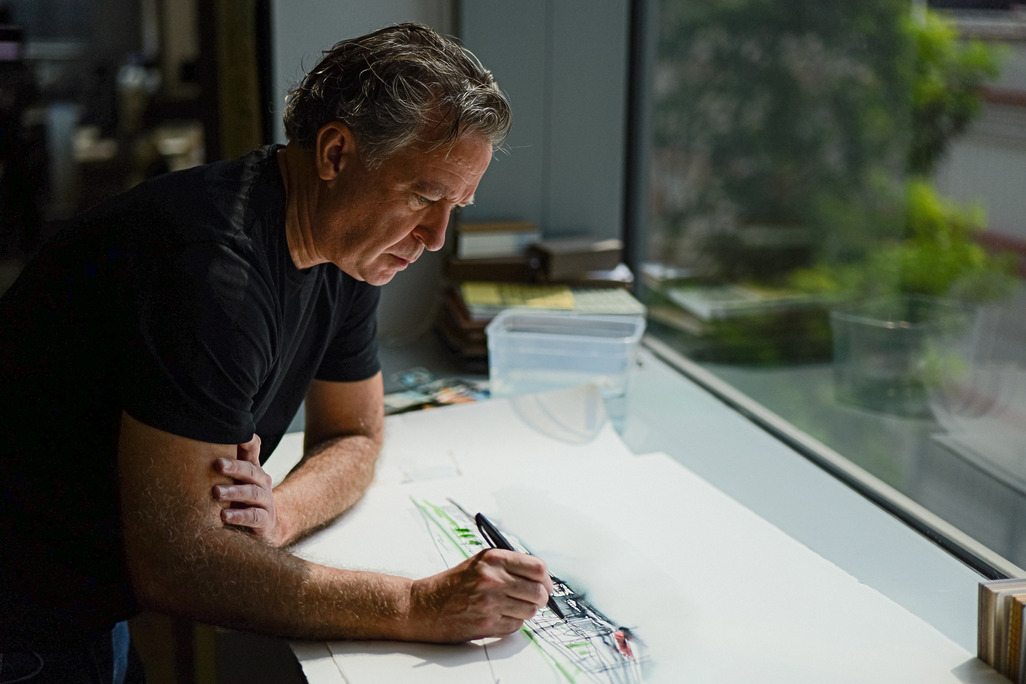
- Employee Feature
Ian Simpson: Constantly Curious, Constantly Creative
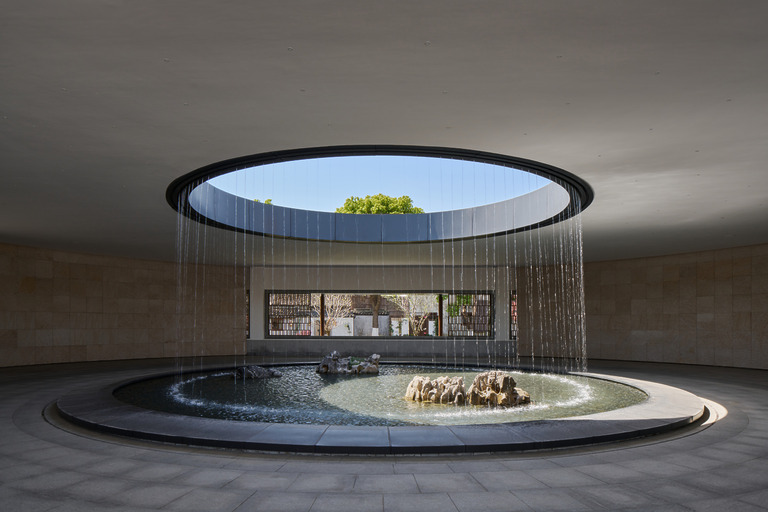
- Strategy & Research |
- Design Thinking & Innovation
Designing the Arrival Experience
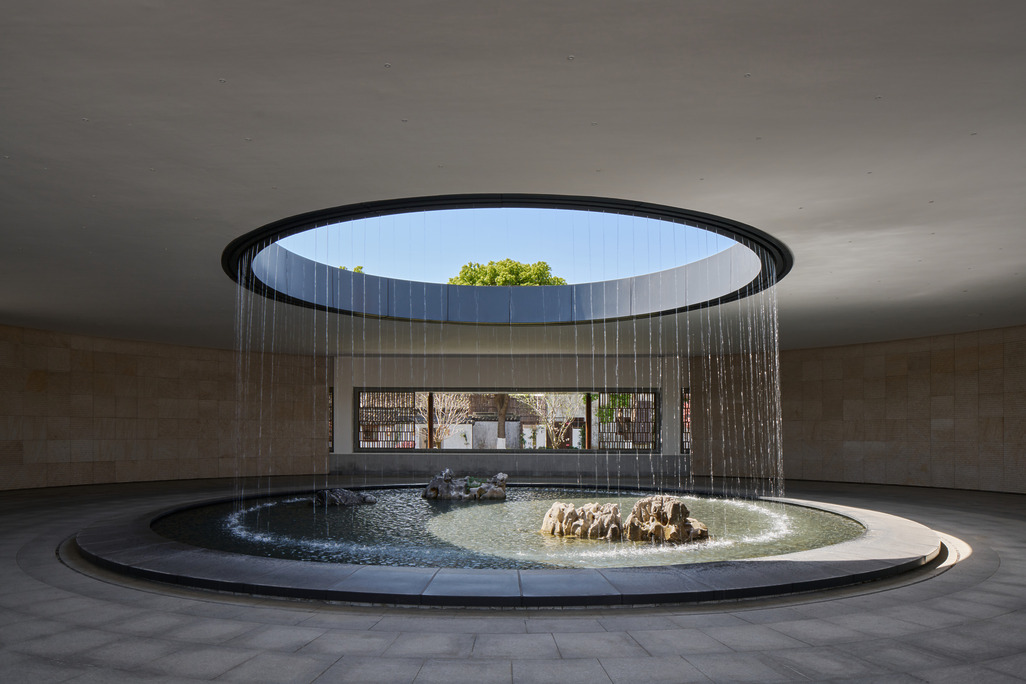
- Strategy & Research |
- Design Thinking & Innovation
Designing the Arrival Experience
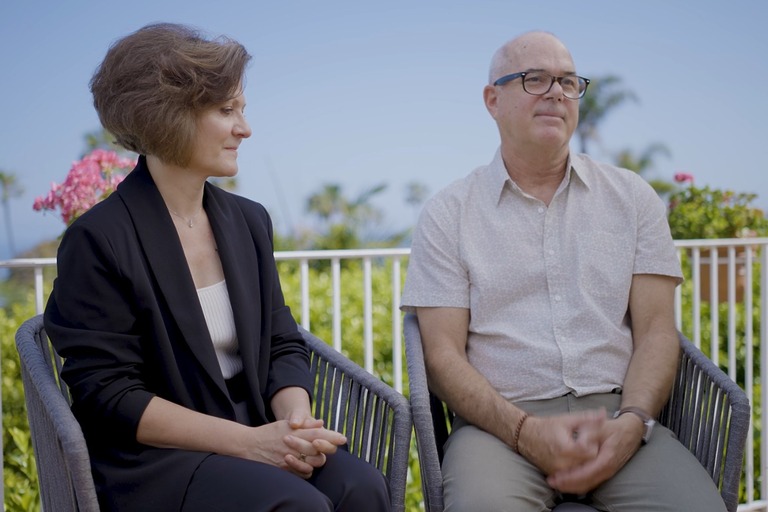
- Employee Feature |
- Inside WATG
Mentorship, Community, and Creativity: WATG’s Blueprint for the Next 80 Years
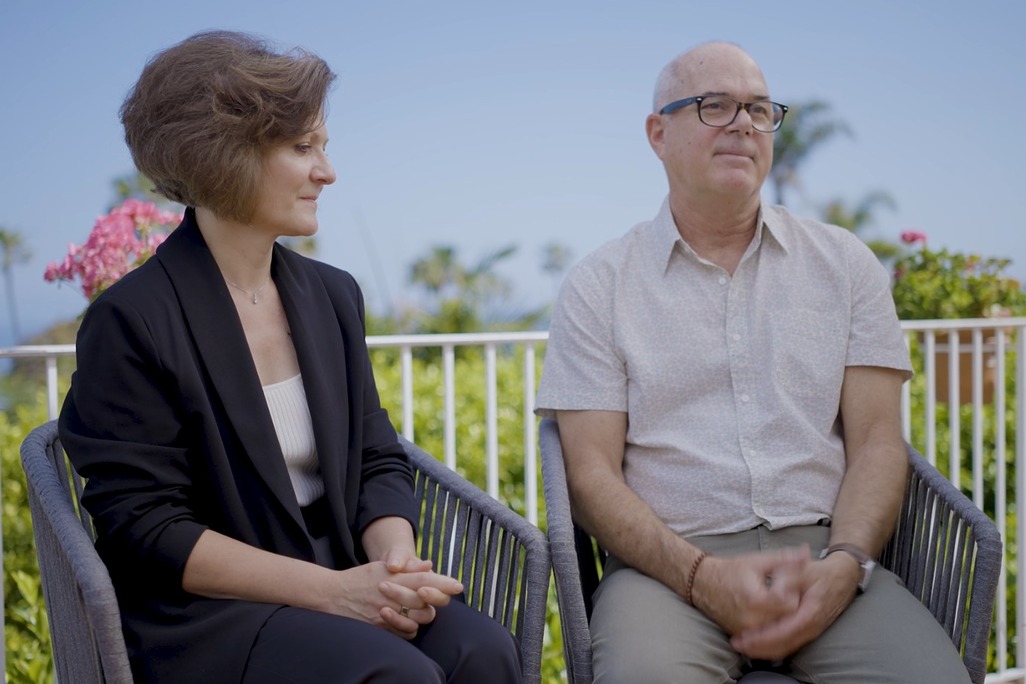
- Employee Feature |
- Inside WATG
